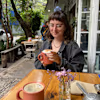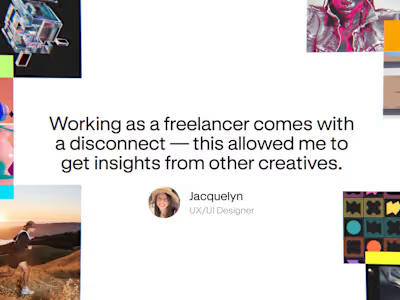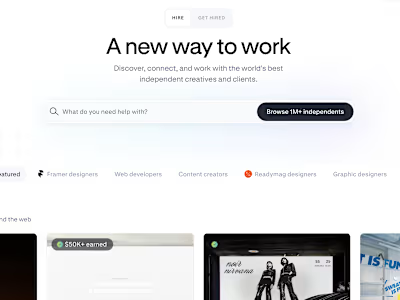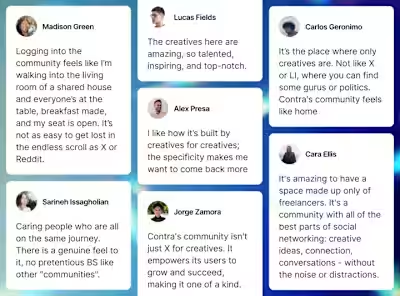Upward
I remember the exact moment I knew I wanted to work remotely.
I was sitting in my apartment on Dolores Street, at the top of a steep hill, looking out over my balcony towards the skyline.
One of the benefits of living in a city full of hills is that it’s not hard to get an apartment with a view. Above my burgeoning tomato and habanero plants and the lemon tree in my backyard, the Transamerica Pyramid and Salesforce Tower reflected the rare sunlight shining on downtown. Squinting, I could see the waves of the San Francisco Bay crashing onto the shore of Treasure Island.
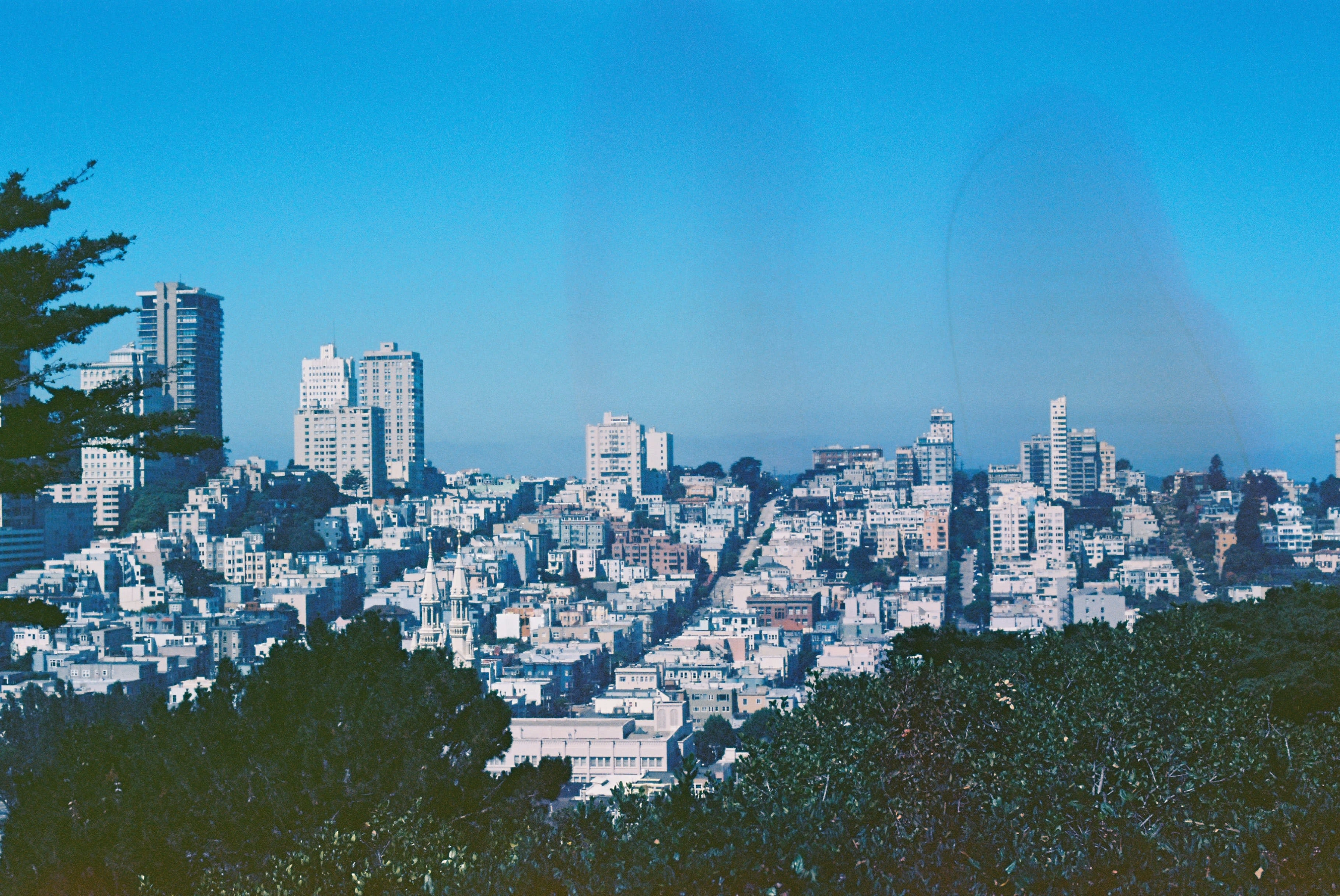
photo by William Moreland
I felt blessed, in that moment, to be working from home and looking out into such a picturesque city. I wanted this to be my workspace, vista and all. I had only lived in San Francisco for a few months at that point, but I was enamored by the city by the bay.
The next day, I returned to the office, and things felt routine in the worst way. Mainly, the rush-hour commute to the South Bay felt less necessary than usual, and the view from my desk of the company basketball court wasn’t nearly as beautiful as the skyline. I was spending so much time on this corporate campus, clocking in at forty hours per week. The number forty seemed to be haunting me: it was also the number of miles in my daily commute, and the number of hills in San Francisco.
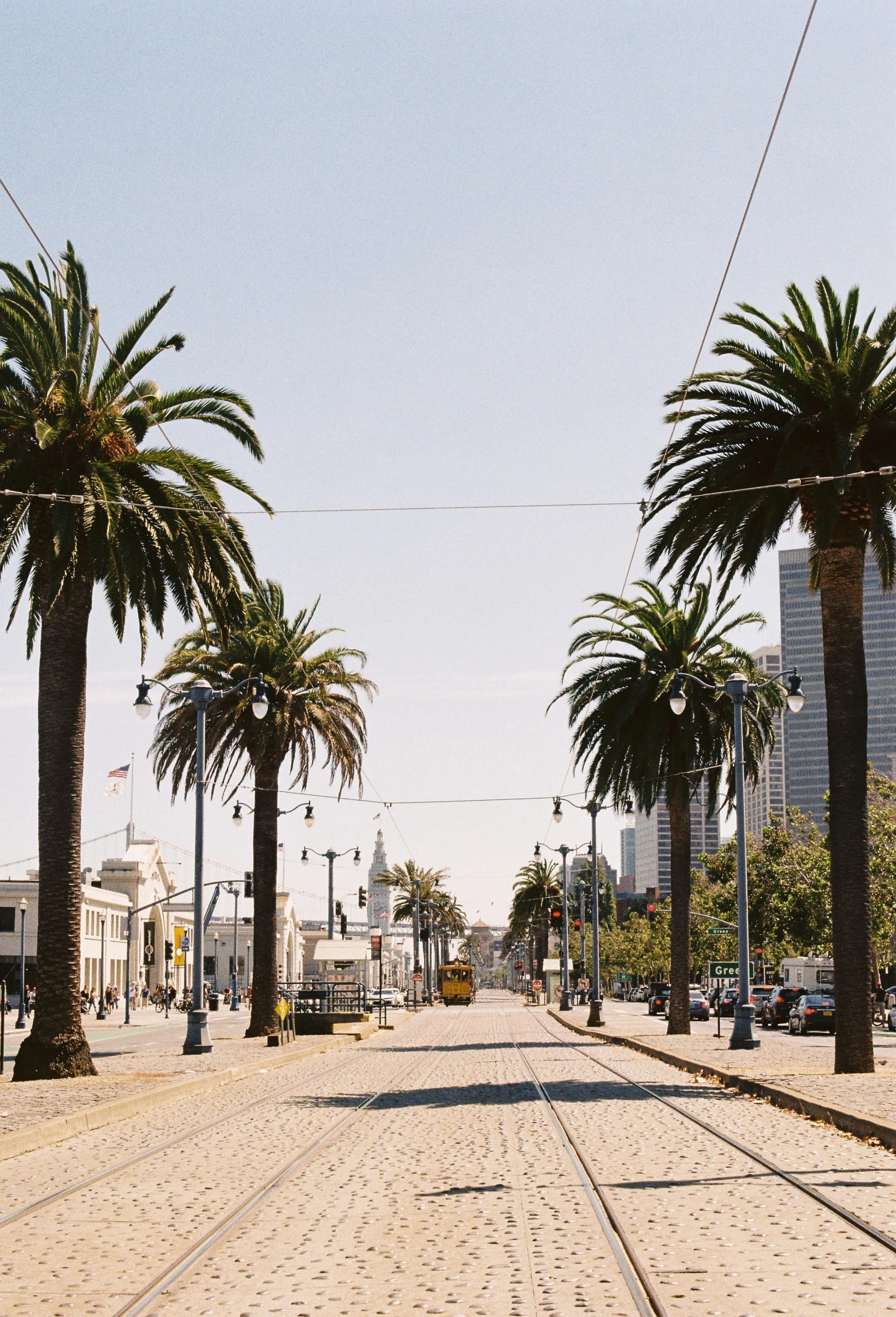
photo by Malaya Sadler
The hill I lived on was only one of those forty, the others much more famous. If you haven’t been to San Francisco, you’ve probably seen the photos: the red train car that goes from Powell to Mason Street, the Painted Ladies on their iconic slant, the ever-crooked Lombard Street. The hills add to San Francisco’s allure. They are part of the reason so many artists and writers (including myself!) have been drawn to San Francisco for so long: the city acts as our muse.
Why, then, was living and working in San Francisco in 2019 so monotonous for me? Unlike the streets which changed elevations and direction every block, my life felt like one long flat road. Every day was the same: wake up in the morning, run downhill to the bus stop, spend two hours on the least beautiful part of the 101, get off the bus in a single file line behind the rest of the backpack-laden commuters, head to my desk, work, and then spend two more hours on the highway.
Four hours a day was a lot to be spending staring out the bus window, doing nothing apart from trying to make out the vanity plates on cars that passed by. The four hours of commuting made my eight hour workday into a twelve hour workday. I knew that wasn’t sustainable, and I started working from home around two days per week. But it wasn’t enough; I was still spending over ten hours per week on the commute alone.
I felt a constant tension between work, which was paying my bills, and the value of my time.

When hills and other landmasses experience tension, it can cause a rift. The land gives; it separates or breaks apart. And I was experiencing my own rift. I knew I couldn’t live like this much longer. It hit me one day, stuck in particularly bad traffic that was turning my two-hour commute into a three-hour commute: I wanted to have a zero-hour commute. I needed to prioritize my time, which was limited, over the consistent paycheck of my job.
Shortly after that realization, I put in my two weeks and took a few months break to check in with myself and be intentional about the direction I wanted to go in. I examined my skills and interests and their intersections, and began my independent journey.
I have been freelancing for two years now, and my creativity and productivity have only been elevating.
Like this project
Posted Feb 9, 2021
Likes
3
Views
106
Tags
